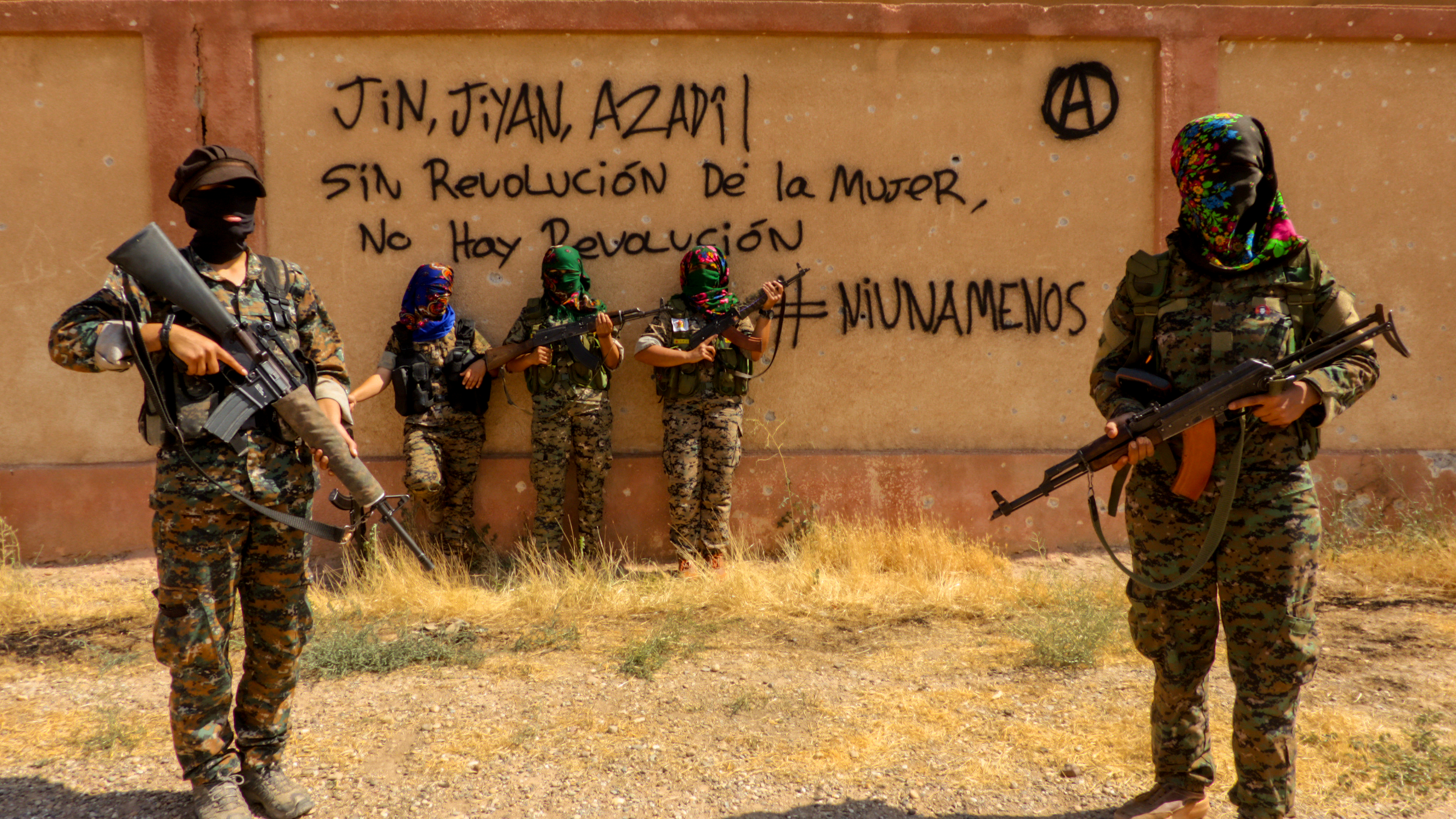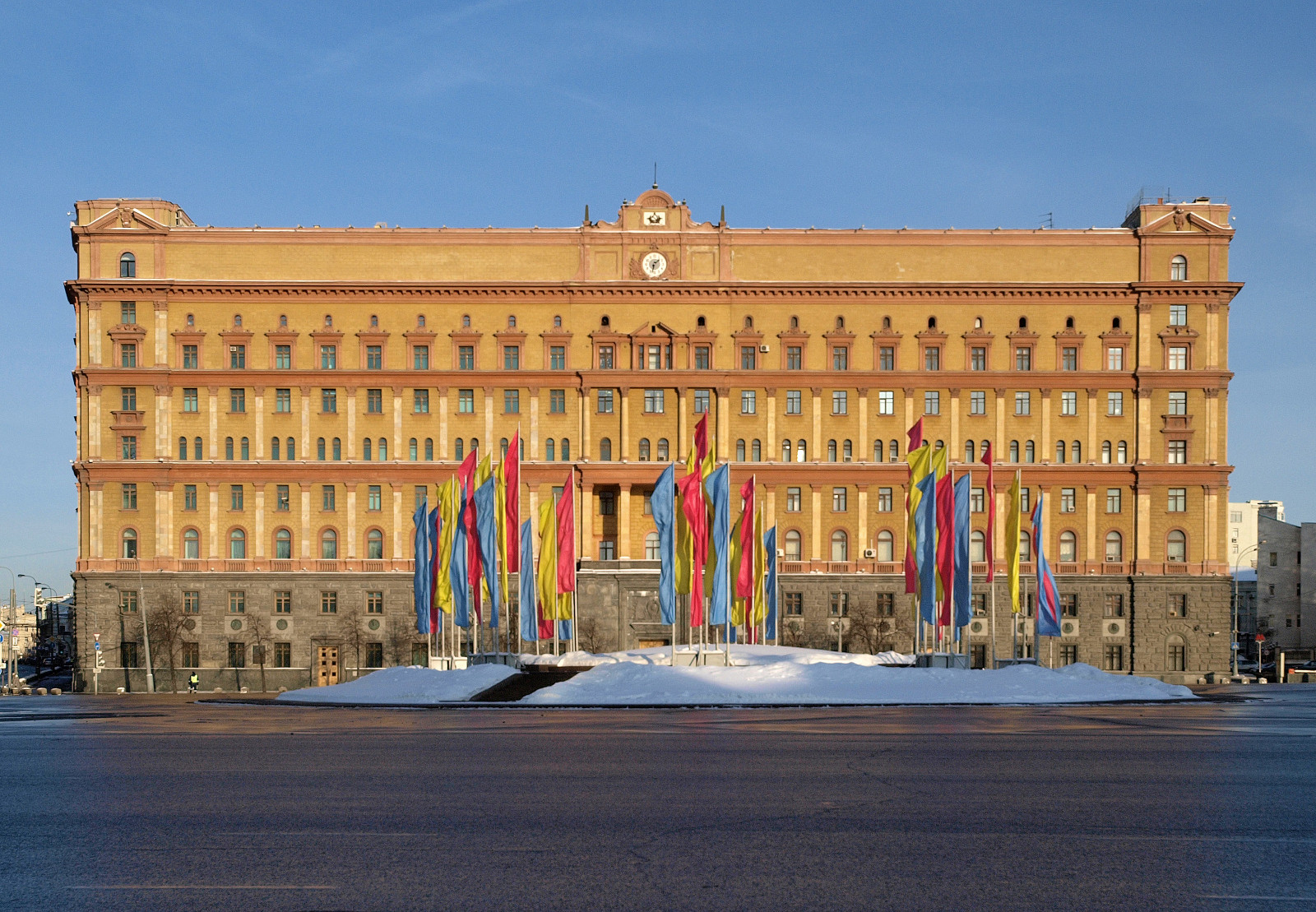|
New Revolutionary Alternative
New Revolutionary Alternative (russian: Новая Революционная Альтернатива) (NRA) is an Anarchism, anarchist organization devoted to Insurrectionary anarchism, insurrectionary struggle in Russia. The NRA set off bombs in Moscow military offices (Ostankino in 1996 and Cheryomushkinsky in 1997). In 1998 and 1999, NRA members orchestrated explosions at the Federal Security Service (FSB) Lubyanka Building. Four activists were found guilty: Nadezhda Raks, Olga Nevskaya, Larisa Romanova, and Tatiana Nekhorosheva-Sokolova. Romanova's sentence was later reduced. Alexander Biryukov was declared incompetent to stand trial and was sent to a psychiatric hospital. See also *Anarchism in Russia *Black Guards *Chernoe Znamia *Narodnaya Volya References Anarchist militant groups Anarchist organizations in Russia Insurrectionary anarchism Left-wing militant groups ... [...More Info...] [...Related Items...] OR: [Wikipedia] [Google] [Baidu] |
Anarchism
Anarchism is a political philosophy and movement that is skeptical of all justifications for authority and seeks to abolish the institutions it claims maintain unnecessary coercion and hierarchy, typically including, though not necessarily limited to, governments, nation states, and capitalism. Anarchism advocates for the replacement of the state with stateless societies or other forms of free associations. As a historically left-wing movement, usually placed on the farthest left of the political spectrum, it is usually described alongside communalism and libertarian Marxism as the libertarian wing (libertarian socialism) of the socialist movement. Humans lived in societies without formal hierarchies long before the establishment of formal states, realms, or empires. With the rise of organised hierarchical bodies, scepticism toward authority also rose. Although traces of anarchist thought are found throughout history, modern anarchism emerged from the Enlightenment. ... [...More Info...] [...Related Items...] OR: [Wikipedia] [Google] [Baidu] |
Insurrectionary Anarchism
Insurrectionary anarchism is a revolutionary theory and tendency within the anarchist movement that emphasizes insurrection as a revolutionary practice. It is critical of formal organizations such as labor unions and federations that are based on a political programme and periodic congresses. Instead, insurrectionary anarchists advocate informal organization and small affinity group based organization. Insurrectionary anarchists put value in attack, permanent class conflict and a refusal to negotiate or compromise with class enemies. Origins and evolution 19th century An influential individualist concept of insurrection appears in the book of Max Stirner, ''The Ego and Its Own'' from 1844. There, he manifests: Mikhail Bakunin "was historically important to the development of an anarchism that focused its force in insurrection. Unlike Marx, who built his support in the First International, mostly within the central executive structure, Bakunin worked to build support for co ... [...More Info...] [...Related Items...] OR: [Wikipedia] [Google] [Baidu] |
Russia
Russia (, , ), or the Russian Federation, is a List of transcontinental countries, transcontinental country spanning Eastern Europe and North Asia, Northern Asia. It is the List of countries and dependencies by area, largest country in the world, with its internationally recognised territory covering , and encompassing one-eighth of Earth's inhabitable landmass. Russia extends across Time in Russia, eleven time zones and shares Borders of Russia, land boundaries with fourteen countries, more than List of countries and territories by land borders, any other country but China. It is the List of countries and dependencies by population, world's ninth-most populous country and List of European countries by population, Europe's most populous country, with a population of 146 million people. The country's capital and List of cities and towns in Russia by population, largest city is Moscow, the List of European cities by population within city limits, largest city entirely within E ... [...More Info...] [...Related Items...] OR: [Wikipedia] [Google] [Baidu] |
Federal Security Service
The Federal Security Service of the Russian Federation (FSB) RF; rus, Федеральная служба безопасности Российской Федерации (ФСБ России), Federal'naya sluzhba bezopasnosti Rossiyskoy Federatsii, fʲɪdʲɪˈralʲnəjə ˈsluʐbə bʲɪzɐˈpasnəstʲɪ rɐˈsʲijskəj fʲɪdʲɪˈratsɨɪ) is the principal security agency of Russia and the main successor agency to the Soviet Union's KGB; its immediate predecessor was the Federal Counterintelligence Service (FSK) which was reorganized into the FSB in 1995. The three major structural successor components of the former KGB that remain administratively independent of the FSB are the Foreign Intelligence Service (SVR), the Federal Protective Service (FSO), and the Main Directorate of Special Programs of the President of the Russian Federation (GUSP). The primary responsibilities are within the country and include counter-intelligence, internal and border security, counter-terr ... [...More Info...] [...Related Items...] OR: [Wikipedia] [Google] [Baidu] |
Lubyanka Building
The Lubyanka ( rus, Лубянка, p=lʊˈbʲankə) is the popular name for the building which contains the headquarters of the FSB, and its affiliated prison, on Lubyanka Square in the Meshchansky District of Moscow, Russia. It is a large Neo-Baroque building with a facade of yellow brick designed by Alexander V. Ivanov in 1897 and augmented by Aleksey Shchusev from 1940 to 1947. It was previously the national headquarters of the KGB. Soviet hammer and sickles can be seen on the building's facade. Description The Lubyanka building is home to the Lubyanka prison, the headquarters of the Border Guard Service, a KGB museum, and a subsection of the FSB. Part of the prison was turned into a prison museum, but a special authorization is required for visits. The lower floors are made of granite with emblazoned Soviet crests. History Origins The Lubyanka was originally built in 1898 as the headquarters of the All-Russia Insurance Company (''Rossiya Insurance Company''), ... [...More Info...] [...Related Items...] OR: [Wikipedia] [Google] [Baidu] |
Anarchism In Russia
Anarchism in Russia has its roots in the early mutual aid systems of the medieval republics and later in the popular resistance to the Tsarist autocracy and serfdom. Through the history of radicalism during the early 19th-century, anarchism developed out of the populist and nihilist movements' dissatisfaction with the government reforms of the time. The first Russian to identify himself as an anarchist was the revolutionary socialist Mikhail Bakunin, who became a founding figure of the modern anarchist movement within the International Workingmen's Association (IWA). In the context of the split within the IWA between the Marxists and the anarchists, the Russian Land and Liberty organization also split between a Marxist faction that supported political struggle and an anarchist faction that supported "propaganda of the deed", the latter of which went on to orchestrate the assassination of Alexander II. Specifically anarchist groups such as the Black Banner began to emerge ... [...More Info...] [...Related Items...] OR: [Wikipedia] [Google] [Baidu] |
Black Guards
Black Guards (russian: Чёрная гвардия, ) were armed groups of workers formed after the February Revolution and before the final Bolshevik suppression of other leftwing groups. They were the main strike force of the anarchists. They were created in the Summer of 1917 in Ukraine by Maria Nikiforova, and expanded in January 1918 to Moscow, under the control of anarchists at industrial enterprises by Factory and Plant Committees and by Moscow Federation of Anarchist Groups cells. History Origin Russian anarchists opposed the creation of a regular Red Army with the call "To arms!" and the widespread organization of rebel committees with the aim of total arming of the populace. The anarchist press of Petrograd, Moscow and other large centers carried out massive agitation with the aim of creating free fighting squads of the "Black Guard". As the newspaper ''Burevestnik'', the organ of the Petrograd Federation, wrote: Maria Nikiforova organized the Black Guards' f ... [...More Info...] [...Related Items...] OR: [Wikipedia] [Google] [Baidu] |
Chernoe Znamia
''Chernoe Znamia'' (or Chornoe Znamia) (russian: Чёрное знамя, en, The Black Banner), known as the ''Chernoznamentsy'', was a Russian anarchist communist organisation. It emerged in 1903 as a federation of cadres. It took its name, "The Black Banner", from the Anarchist symbols#Black flag, black flag, the use of which as a symbol of anarchism in Russia, according to ''An Anarchist FAQ'', coincided with its founding. Composition The largest collection of anarchist terrorists in Imperial Russia, ''Chernoe Znamia'' attracted its strongest following in the western and southern provinces at the frontier of the Empire, including nearly all anarchists in Białystok. Their ranks included mostly students, factory workers and artisans, though there were also peasants, unemployed labourers, drifters, and self-professed Übermensch, Nietzschean supermen. Ethnically, Jews predominated, and many members were of Ukrainian, Polish and Great Russian nationality. The typical age of t ... [...More Info...] [...Related Items...] OR: [Wikipedia] [Google] [Baidu] |
Narodnaya Volya
Narodnaya Volya ( rus, Наро́дная во́ля, p=nɐˈrodnəjə ˈvolʲə, t=People's Will) was a late 19th-century revolutionary political organization in the Russian Empire which conducted assassinations of government officials in an attempt to overthrow the autocratic system and stop the government reforms of Alexander II of Russia. The organization declared itself to be a populist movement that succeeded the Narodniks. Composed primarily of young revolutionary socialist intellectuals believing in the efficacy of terrorism, ''Narodnaya Volya'' emerged in Autumn 1879 from the split of an earlier revolutionary organization called ''Zemlya i Volya'' ("Land and Liberty"). Based upon an underground apparatus of local, semi-independent cells co-ordinated by a self-selecting Executive Committee, ''Narodnaya Volya'' continued to espouse acts of revolutionary violence in an attempt to spur mass revolt against Tsarism, culminating in the successful assassination of Tsar Alexander ... [...More Info...] [...Related Items...] OR: [Wikipedia] [Google] [Baidu] |
Anarchist Militant Groups
Anarchism is a political philosophy and movement that is skeptical of all justifications for authority and seeks to abolish the institutions it claims maintain unnecessary coercion and hierarchy, typically including, though not necessarily limited to, governments, nation states, and capitalism. Anarchism advocates for the replacement of the state with stateless societies or other forms of free associations. As a historically left-wing movement, usually placed on the farthest left of the political spectrum, it is usually described alongside communalism and libertarian Marxism as the libertarian wing (libertarian socialism) of the socialist movement. Humans lived in societies without formal hierarchies long before the establishment of formal states, realms, or empires. With the rise of organised hierarchical bodies, scepticism toward authority also rose. Although traces of anarchist thought are found throughout history, modern anarchism emerged from the Enlightenment. Duri ... [...More Info...] [...Related Items...] OR: [Wikipedia] [Google] [Baidu] |
Anarchist Organizations In Russia
Anarchism is a political philosophy and movement that is skeptical of all justifications for authority and seeks to abolish the institutions it claims maintain unnecessary coercion and hierarchy, typically including, though not necessarily limited to, governments, nation states, and capitalism. Anarchism advocates for the replacement of the state with stateless societies or other forms of free associations. As a historically left-wing movement, usually placed on the farthest left of the political spectrum, it is usually described alongside communalism and libertarian Marxism as the libertarian wing (libertarian socialism) of the socialist movement. Humans lived in societies without formal hierarchies long before the establishment of formal states, realms, or empires. With the rise of organised hierarchical bodies, scepticism toward authority also rose. Although traces of anarchist thought are found throughout history, modern anarchism emerged from the Enlightenment. Duri ... [...More Info...] [...Related Items...] OR: [Wikipedia] [Google] [Baidu] |
Left-wing Militant Groups In Russia
Left-wing politics describes the range of political ideologies that support and seek to achieve social equality and egalitarianism, often in opposition to social hierarchy. Left-wing politics typically involve a concern for those in society whom its adherents perceive as disadvantaged relative to others as well as a belief that there are unjustified inequalities that need to be reduced or abolished. Left-wing politics are also associated with popular or state control of major political and economic institutions. According to emeritus professor of economics Barry Clark, left-wing supporters "claim that human development flourishes when individuals engage in cooperative, mutually respectful relations that can thrive only when excessive differences in status, power, and wealth are eliminated." Within the left–right political spectrum, ''Left'' and '' Right'' were coined during the French Revolution, referring to the seating arrangement in the French Estates General. ... [...More Info...] [...Related Items...] OR: [Wikipedia] [Google] [Baidu] |






_-_BEIC_6353768.jpg)
